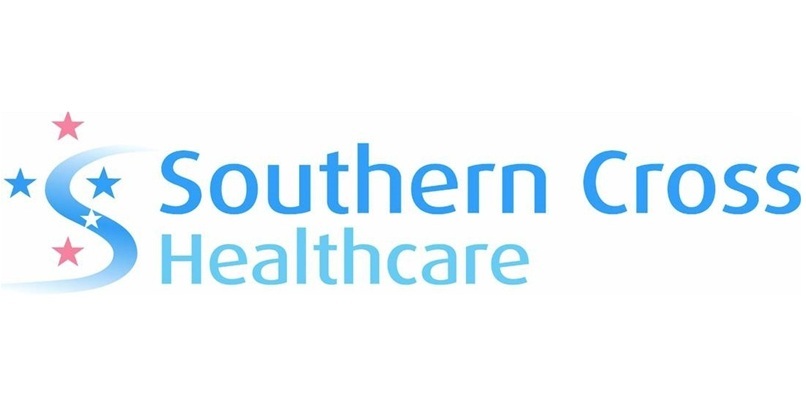It is possible to provide good care and make money, it has been claimed.
The remarks came from Cameron Revie, health and public sector partner at PriceWaterhouseCoopers (PwC) in Scotland.
PwC, the international accounting and auditing firm that, among other tasks in Tayside, evaluated the £18 million contract at Stracathro Hospital to treat NHS patients by a private firm, issued a statement from Mr Revie summarising the challenges faced by private care homes in the wake of the situation facing groups such as Southern Cross.
With private care home fees generally rising above inflation over the past decade the sector in Scotland now generates revenues in the region of £1.5 billion.’Lucrative cash generator’Mr Revie said, “The care homes market has been seen as a lucrative cash generator by many in the private sector in recent years as it uses property as one of the key assets.
“As a result of the economic downturn, money is more expensive and property prices have fallen, and we are now seeing the collapse of many of these business models with failing care home groups struggling to restructure in the current market place.
“There has been a number of care home situations highlighted in the press recently, some for financial issues, others for operational shortcomings.”
He added, “Care is an emotive subject and further failures will inevitably lead to a public debate around questions such as, ‘Is it desirable that care services should be open to private enterprise in the same way as other services?’ and, ‘Who carries the can when things go wrong?’
“It is possible to provide good care and make money but management teams need to understand the benchmarks for both financial and operational performance and maintain these at a level which provides good quality service at the right price.”
